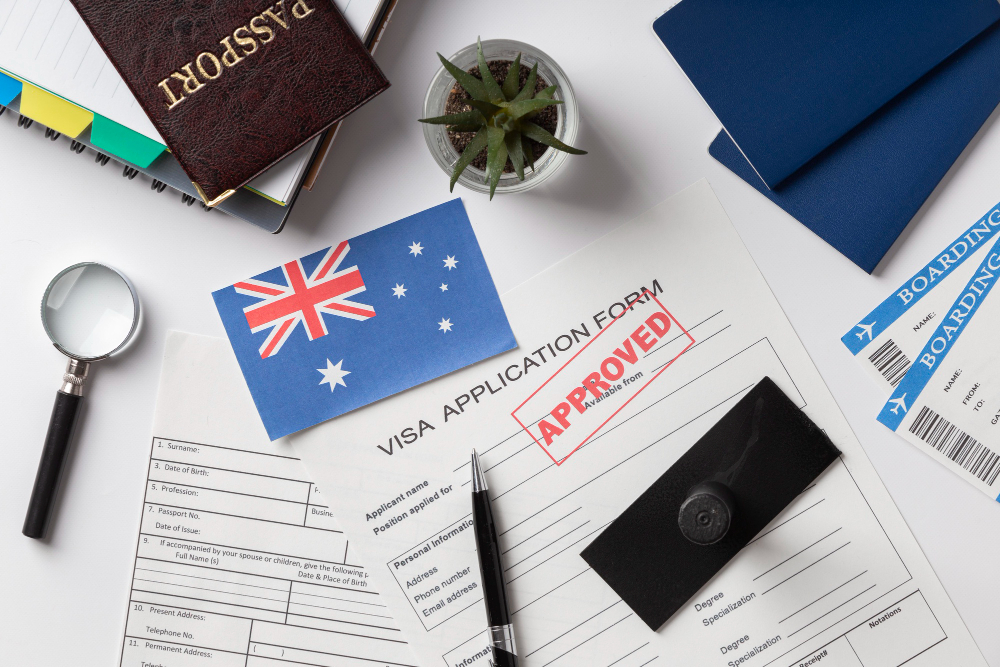The Parent Visa Subclass 103 is a crucial pathway for parents who wish to join their children in Australia as permanent residents. This visa allows eligible parents to live in Australia indefinitely, offering them the opportunity to reunite with their family members who are either Australian citizens, permanent residents, or eligible New Zealand citizens. Below, we provide an in-depth overview of the Parent Visa Subclass 103, covering eligibility criteria, application process, costs, and benefits.
Eligibility Criteria for Parent Visa Subclass 103
To apply for the Parent Visa Subclass 103, applicants must meet specific eligibility requirements. Understanding these criteria is essential to ensure a successful application process.
1. Relationship Requirement
Applicants must be the parent of an Australian citizen, Australian permanent resident, or eligible New Zealand citizen. The child must be settled in Australia, meaning they have been living in the country lawfully for at least two years.
2. Balance of Family Test
The Balance of Family Test is a critical factor in determining eligibility. At least half of the applicant’s children must reside permanently in Australia, or more of their children must live in Australia than in any other single country.
3. Assurance of Support
An Assurance of Support is a legal commitment from an eligible person or organization in Australia to provide financial assistance to the visa applicant. This ensures that the applicant will not rely on government welfare payments during their initial years in Australia.
4. Health and Character Requirements
All applicants must meet specific health and character standards. This involves undergoing a medical examination and providing a police clearance certificate to demonstrate that the applicant poses no health or security risks to the Australian community.
Application Process for Parent Visa Subclass 103
The application process for the Visa 103 is detailed and involves several steps. It is crucial to follow these steps carefully to avoid any delays or complications.
Step 1: Preparing the Application
Before applying, ensure that you have all the necessary documentation, including proof of relationship with your child, evidence of your child’s citizenship or permanent residency, and documentation supporting the Balance of Family Test. Additionally, ensure that the Assurance of Support is arranged and that you meet the health and character requirements.
Step 2: Submitting the Application
Once all documents are prepared, the application can be submitted either online or by post. The application must include all required forms, supporting documents, and the applicable visa application charge.
Step 3: Waiting for a Decision
The processing time for the Parent Visa Subclass 103 can be extensive, often taking several years. During this period, applicants may be required to provide additional information or attend an interview.
Step 4: Visa Outcome
If the application is successful, the applicant will be granted permanent residency in Australia. If the application is not successful, the Department of Home Affairs will provide the reasons for refusal and information on whether a review of the decision is possible.
Costs Associated with Visa Subclass 103
Applying for the Parent Visa Subclass 103 invite:
1. Visa Application Charge
The primary cost associated with this visa is the Visa Application Charge. This fee is paid in two installments: the first when the application is submitted and the second before the visa is granted. The total cost can vary, so it is advisable to check the current fees on the Department of Home Affairs website.
2. Assurance of Support Bond
The person or organization providing the Assurance of Support must pay a bond to the Australian government. This bond is refunded after ten years if the applicant does not claim any social security payments during that period.
3. Additional Costs
Additional costs may include medical examinations, police clearance certificates, and translation of documents if required. Applicants should also budget for any legal or migration agent fees if they choose to seek professional assistance with their application.
Benefits of the Parent Visa 103
Obtaining the Parent Visa Subclass 103 offers numerous benefits, allowing parents to fully integrate into Australian society and enjoy the same rights and privileges as other permanent residents.
1. Permanent Residency
This visa grants permanent residency, allowing parents to live in Australia indefinitely. Permanent residents have access to Australia’s public healthcare system, social security benefits, and can work and study in the country.
2. Pathway to Citizenship
After living in Australia for a specified period as a permanent resident, visa holders may be eligible to apply for Australian citizenship. This offers additional benefits, including the right to vote and obtain an Australian passport.
3. Family Reunification
The most significant benefit of the Parent Visa 103 is the opportunity to reunite with family. Parents can live close to their children and grandchildren, fostering stronger family ties and providing support to their loved ones.
4. Travel Rights
Visa holders can travel freely to and from Australia for five years from the date the visa is granted. After this period, they must apply for a Resident Return Visa (RRV) to maintain their permanent residency status while traveling abroad.
Conclusion
Parent Visa Subclass 103 is an essential option for parents looking to join their children in Australia on a permanent basis. Although the application process can be lengthy and requires careful preparation, the benefits of this visa make it a valuable pathway for family reunification. We recommend that applicants ensure they meet all eligibility requirements and consider seeking professional advice from migration agent Perth to navigate the complexities of the application process.

